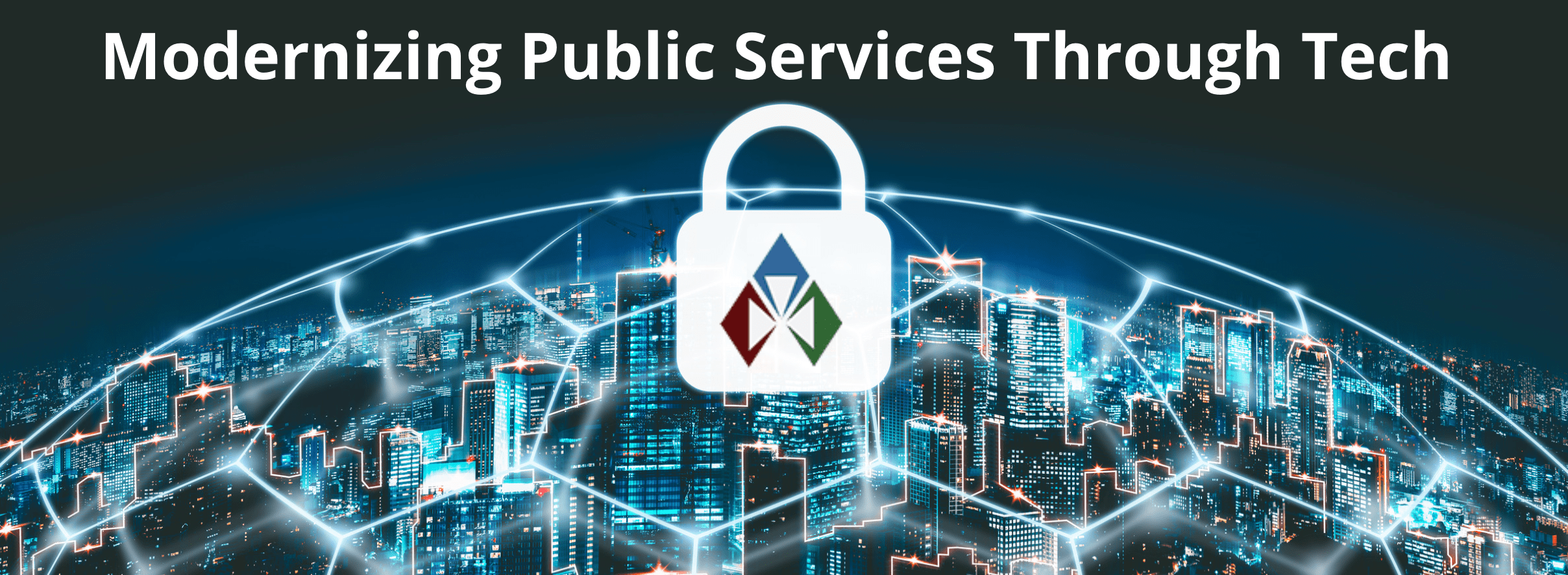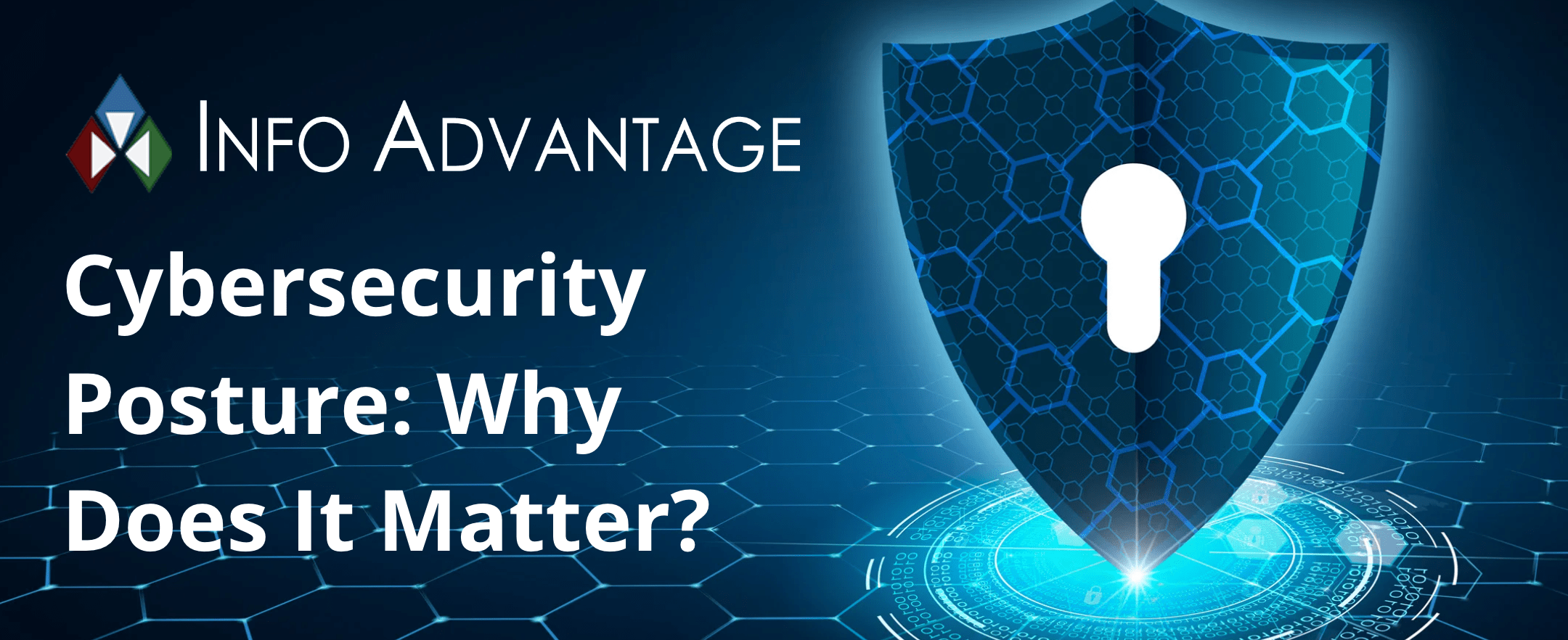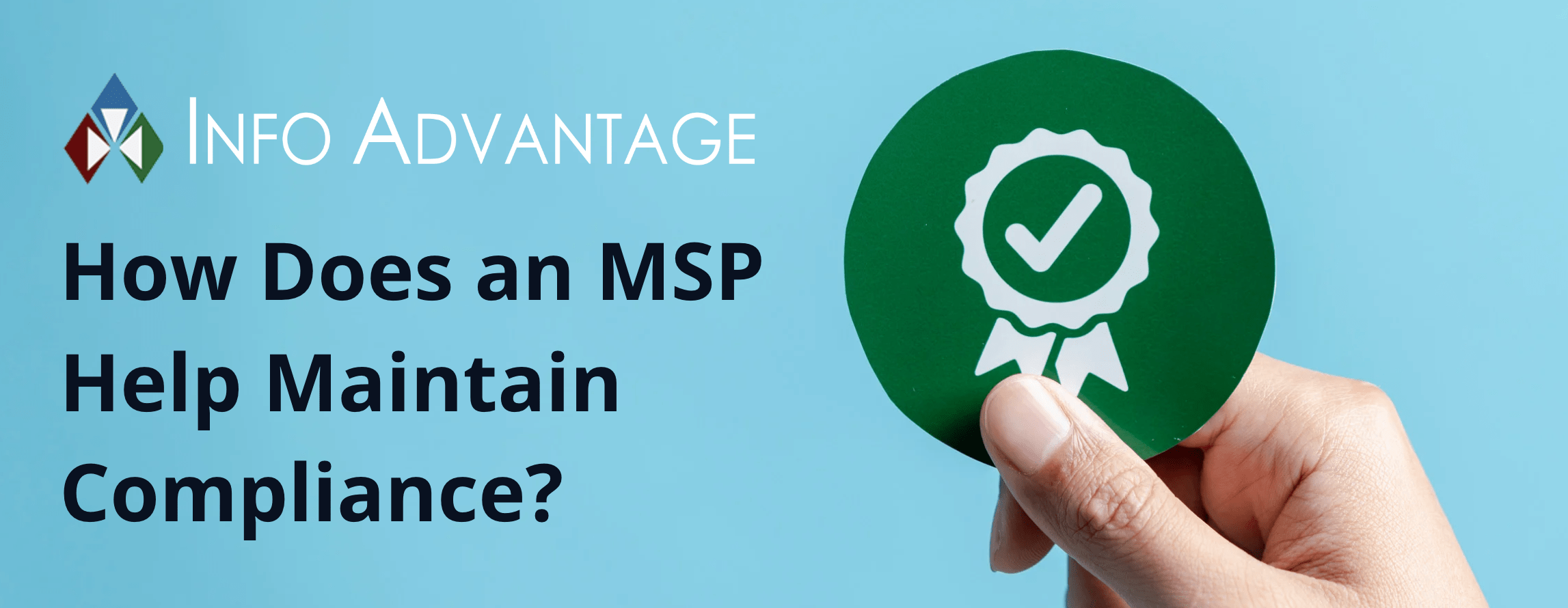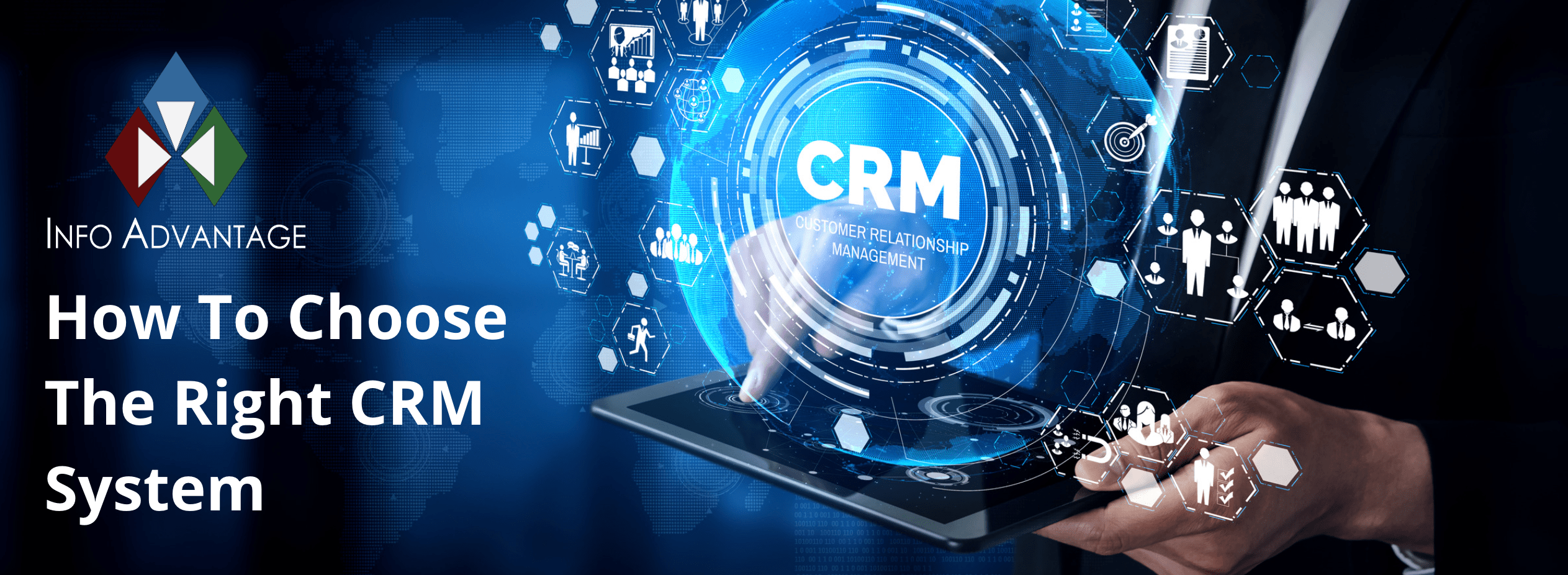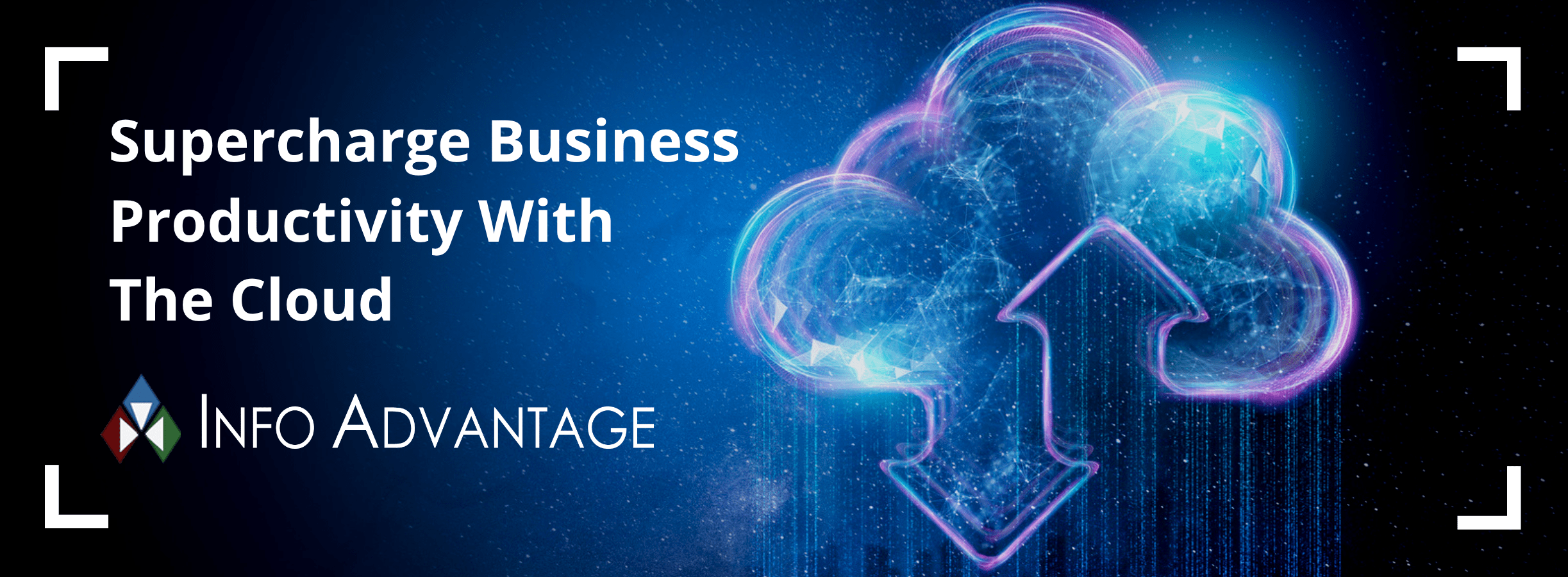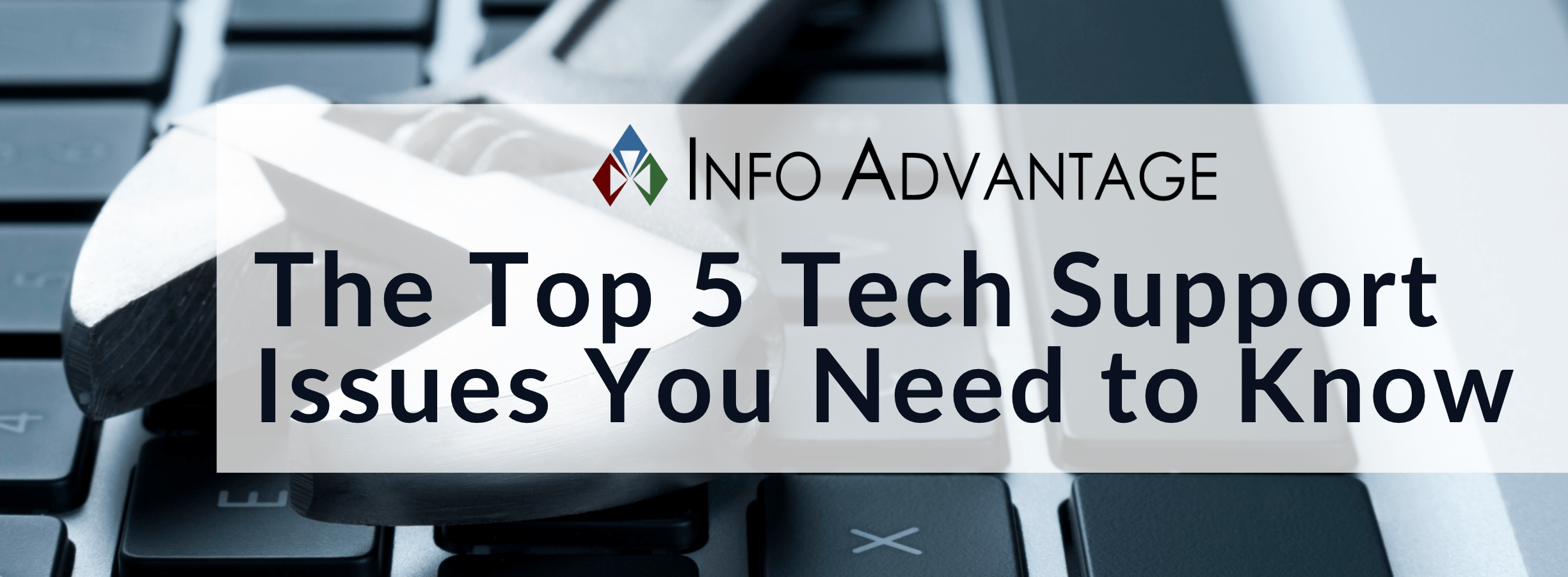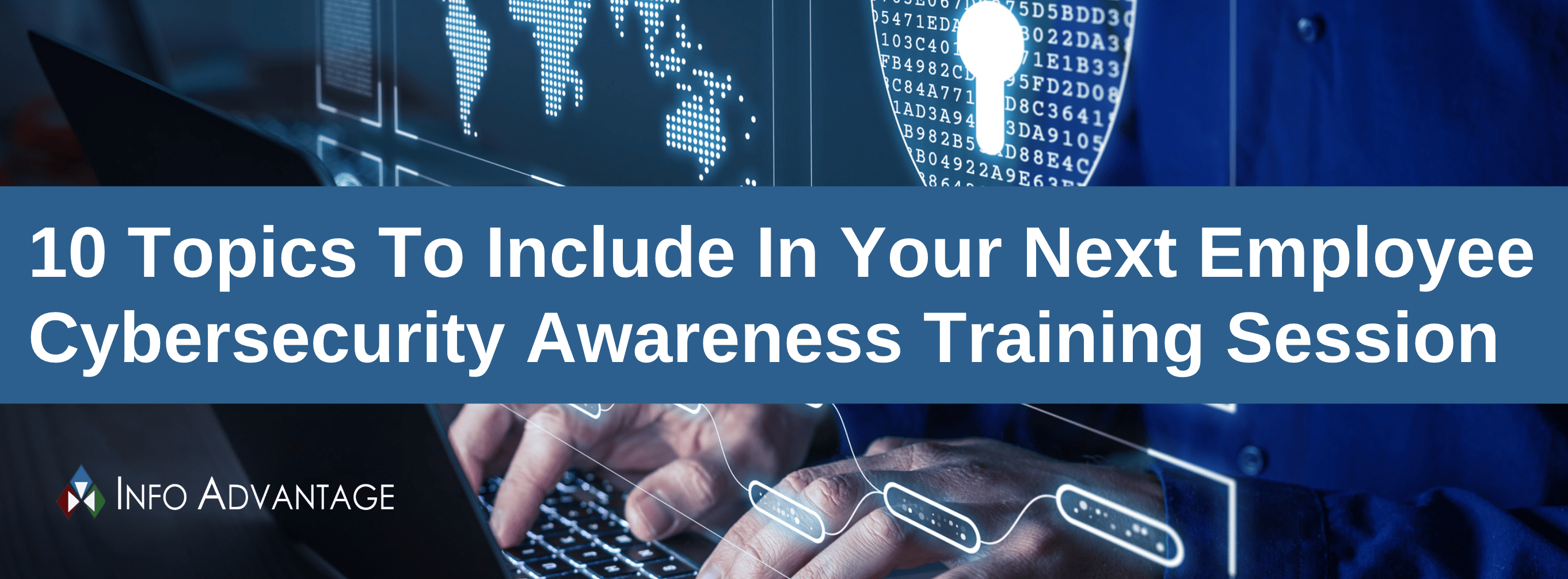
The success of a construction business largely depends on their craftsmanship and their ability to deliver on project requirements. But to maintain their competitive edge, construction businesses need to focus on more than just quality workmanship. With the rise of technology and digital transformation, having IT support is becoming increasingly important for construction businesses to stay ahead of the game. IT support providers offer crucial services and expertise that can help construction businesses build a better future for themselves.
In this article, we will explore how IT support can benefit construction businesses and contribute to their growth and success.
Proactive IT infrastructure management
Many processes in construction, such as project management and communication, are now heavily reliant on IT systems. Should a construction company’s IT system fail, construction crews could lose precious time on important projects, leading to delays and expenses going through the roof.
IT support providers prevent these outcomes by proactively monitoring and maintaining the construction company's IT infrastructure. This involves regular software updates, hardware repairs, network optimization, and data backup services. By keeping these systems up to date and in good working condition, IT support can ensure that all the moving parts in the construction company are functioning smoothly and keep costs at a minimum.
Remote and on-site IT support
With IT support, construction businesses have access to both remote and on-site assistance. For issues that require immediate attention, such as system failures or network outages, IT support can provide remote assistance to get things back up and running as soon as possible. Alternatively, if a problem proves too complex to resolve remotely, such as a hardware malfunction, IT support can send a technician to the construction company's headquarters to troubleshoot and fix the issue in person.
Whatever the support method, having readily available IT support enables construction businesses to minimize the impact of downtime and focus on completing their projects.
Comprehensive data security
Construction companies usually don't have full-fledged cybersecurity teams watching over and protecting their data. But that doesn't mean the data they hold is any less valuable. Blueprints, contracts, financial records, and employee data are prized targets for cybercriminals, so it's important to have proper security measures in place.
IT support can protect a construction company's data through various security measures such as patch management, firewalls, and network monitoring. They may also implement data encryption and create secure backup systems to ensure that information is protected in the event of a cyberattack or system failure. Additionally, IT support providers also conduct regular vulnerability assessments and provide professional guidance on best practices for data security.
Expert installations and migrations
When it comes to major tech upgrades in construction, such as installing building information modeling software or migrating data to the cloud, things can get tricky. Planning and transitioning into these new systems can take days, if not weeks, without assistance.
An IT support team can take on this burden and manage the entire process from start to finish. They have the expertise to handle installations and data migrations with minimal disruption to business operations. Basically, construction businesses can confidently upgrade their technology and improve their workflows without worrying about the technical aspects.
High-tech communication solutions
To save time going back and forth from job sites to the office, construction businesses need top-of-the-line communication tools such as enterprise email, instant messaging, and project management software.
IT support providers can assist construction companies in selecting and implementing the best communication tools for their business needs. They ensure that these systems are integrated and functioning correctly so that employees can communicate seamlessly and efficiently while also keeping valuable project information secure.
Affordable on-demand expertise
Having a go-to IT support team can be incredibly beneficial for construction businesses, especially when facing unexpected issues or projects that require specialized knowledge. Rather than hiring a full-time IT technician, which can be expensive when one tallies up salaries, benefits, and training costs, construction companies can access the expertise they need on a pay-as-you-go basis.
Plus, companies get the expertise of a team, not just one individual. This means that if a specific team member is not available, there will likely be someone else who can assist with the issue at hand. An IT support team's expertise also covers a broad range of areas, such as cybersecurity, cloud computing, disaster recovery, and more. So, construction businesses can rest assured that any IT-related need they may have will be taken care of by professionals.
At Info Advantage, our professional IT support team is at your service. We're your personal IT department, providing proactive solutions to help your construction business build a stronger, more efficient foundation. Contact us today to learn more about how we can support your needs.








